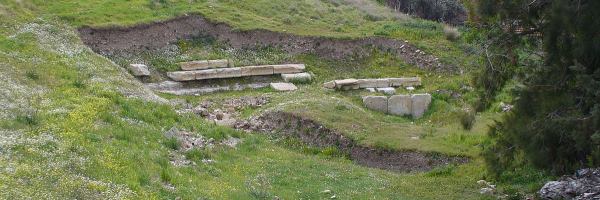When Phocaea district emerged as an Ionian city in Antiquity, it was named Phokaia due to the seals living in the surrounding seas and this name came to this day as Phocaea. Seals are still the symbol of the city.

There are various opinions on the establishment of Phokaia; According to the ancient writer Pausanias, it was founded by people from Teos and Erthrai, in the west of Izmir. According to the ancient writers Herodotus, Strabo and Nikolaos of Damascus, the Phokis people living in the Peloponnesian Peninsula in Central Greece came to Anatolia and established Phokaia with the permission of the city of Kyme, which dominated the region.
The golden age of Phokaia ended with the capture of Sardes by Persians in 546 BC. Although the city had previously been surrounded by walls, according to Herodotus, the Persian commander Harpagos conquered these cities by piling earth mounds in front of the city walls. While Phokaia was besieged, most of the Phocaeans migrated to their colonies in the Mediterranean and later some of them went back.
After the death of Alexander, the Macedonian Empire was shared among its generals and new states emerged. Phocaea was ruled by the Seleucids, Attalos and the Kingdom of Pergamon. When the Kingdom of Pergamon was annexed to the Roman Empire in 133 BC, Phokaia was eventually conquered by the Romans. With the help of the colonial city Massalia, Pompeius gave the city its freedom. It became the episcopal center of the Byzantine Empire in the Early Christian Period. Phocaea became the Venetian Trade Colony in the early 11th century.